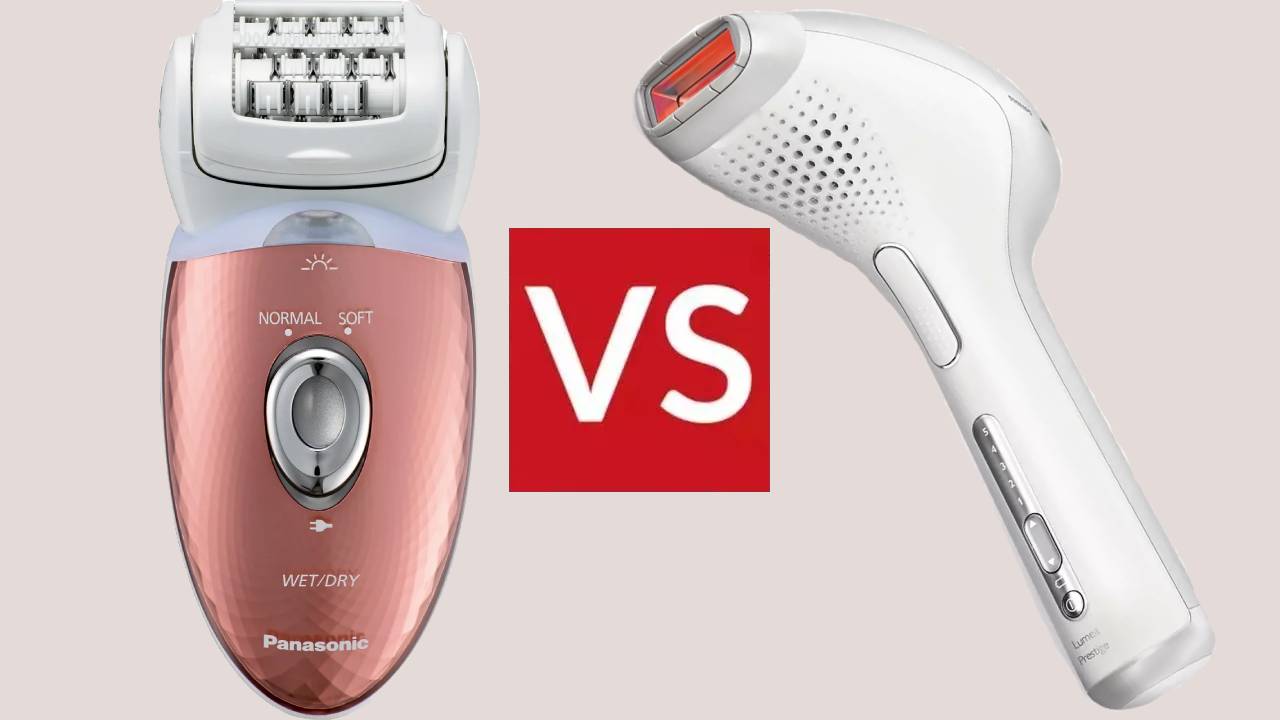
These days, there’s a vast array of at-home hair removal methods available to help us make expensive (and excruciating) trips to the salon a thing of the past. And we’re not just talking about painstaking plucking, messy waxing, or quick fix shaving, either.
Innovative advancements in high-tech DIY hair removal gadgets – such as IPL machines and epilators – mean you can now achieve silky-smooth, salon-worthy results from top to toe in the privacy and comfort of your home. Best of all, there’s a device out there to suit every budget, skin type, and pain threshold.
Not sure which type of device is best for you? Here, we explain how the best epilators and the best IPL machines work, weigh up the pros and cons of both, and decide which one gives the best results.
Everything you need to know about epilators
WHAT IS AN EPILATOR AND HOW DOES IT WORK?
An epilator is a handheld electrical device featuring a series of small mechanical tweezers attached to a rotating head. Once you turn your epilator on and roll it across your skin, it will quickly grab multiple hairs and pluck them from the root in one go for fast easy hair removal.
Unlike shaving, which cuts your hair above the surface of the skin, epilation is similar to tweezing in the sense that it removes hair from below the surface of your skin, only on a much larger scale. This means you get slower regrowth so you can enjoy smoother skin for longer.
Many epilators are now capable of plucking hairs as short as 0.5mm, which means you can get the same silky finish and long-lasting results as waxing without having to wait for your hairs to be at least 2mm long enough to wax. Moreover, the process of epilating is far quicker than waxing, and is suitable for all skin types and hair types, although those with more sensitive skins might want to consider other hair removal methods.
Does using an epilator hurt?
When using an epilator, it’s definitely a case of ‘no pain, no gain’. Put simply, imagine the discomfort of tweezing a single hair, and then multiple it by however many hairs are being yanked out in that moment. Unfortunately, that discomfort can increase when you tackle hair growth on more sensitive areas, such as your armpits and bikini line. And you will have to repeat the process of epilating every time your hair grows back. However, much of the discomfort you feel will depend on your own pain threshold, and some people will tolerate it better than others.
The good news is that pulling the skin taught against the direction you’re epilating can help to significantly reduce the ouch factor, as will applying a soothing moisturiser afterwards. You'll also get used to the initial discomfort the longer you continue your treatments. On the downside, using an epilator without exfoliating your skin first can result in ingrown hairs, which can cause inflammation and painful bumps.
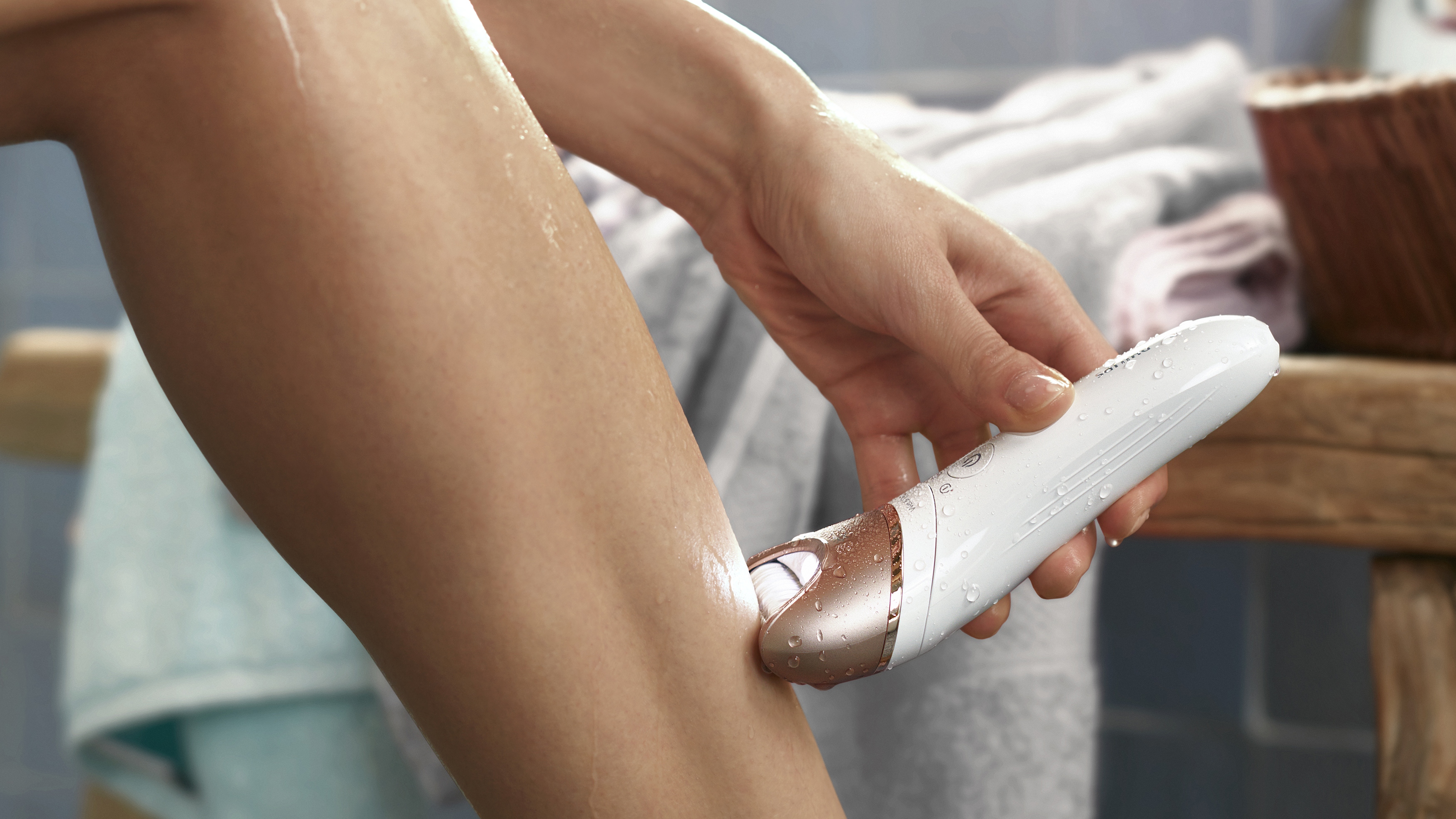
Where can I use an epilator?
The majority of epilators are designed for use on legs, arms, bikini line and underarms. Some epilators have particularly wide heads to make treating larger areas like your legs a breeze, but this could prove a bit too much for your armpits, so be mindful of the areas you want to treat on your body when considering the size of the head.
Because epilating can be so painful, it’s not always ideal for use on more sensitive areas like the bikini line, and you should never use one on your face unless you buy a separate epilator with an extra-slim head designed specifically for the face.
Epilators can be used dry, wet, or both, and come with corded or cordless options depending on where you want to use it, i.e., the bedroom or the shower. Keep in mind that while epilation can be less painful when done wet because it softens the hairs, wet hairs can also stick to your body, making it harder for the machine to grab them. For less hair breakage and more effective hair removal, it’s generally recommended that you epilate dry.
Do epilators provide permanent results?
In a word, no: epilators do not provide permanent results. But they do provide much longer lasting hair removal results than shaving and hair removal creams. Depending on your hair growth cycle, it can take between two to four weeks for regrowth to appear, and your hair will usually grow back softer and finer because it is being removed at the root.
Unlike other methods that can miss very short and fine hairs, epilation copes with them very well so you can enjoy beautifully soft skin for weeks at a time, without that rawness and irritation that waxing can leave behind.
What epilator should I buy?
Epilators are an investment purchase that last for countless hair removal treatments and should save you money in the long run. But before you choose an epilator, you’ll want to consider how often you’ll be using it, where you want to use it on your body, and think about your pain threshold. Epilators can cost anywhere from £20 to £500, so you should consider thoroughly before investing in a decent model to ensure you’ll get your money’s worth.
There’s no point splashing out on an expensive model if you’re not prepared to use your epilator regularly and endure some discomfort along the way, but costlier devices can provide more ways to minimise pain. Some pricey epilators even come with an array of extras from exfoliating brushes and trimmers to lights that help illuminate missed hairs, but if they’re not important to you, avoid them to save some pennies.
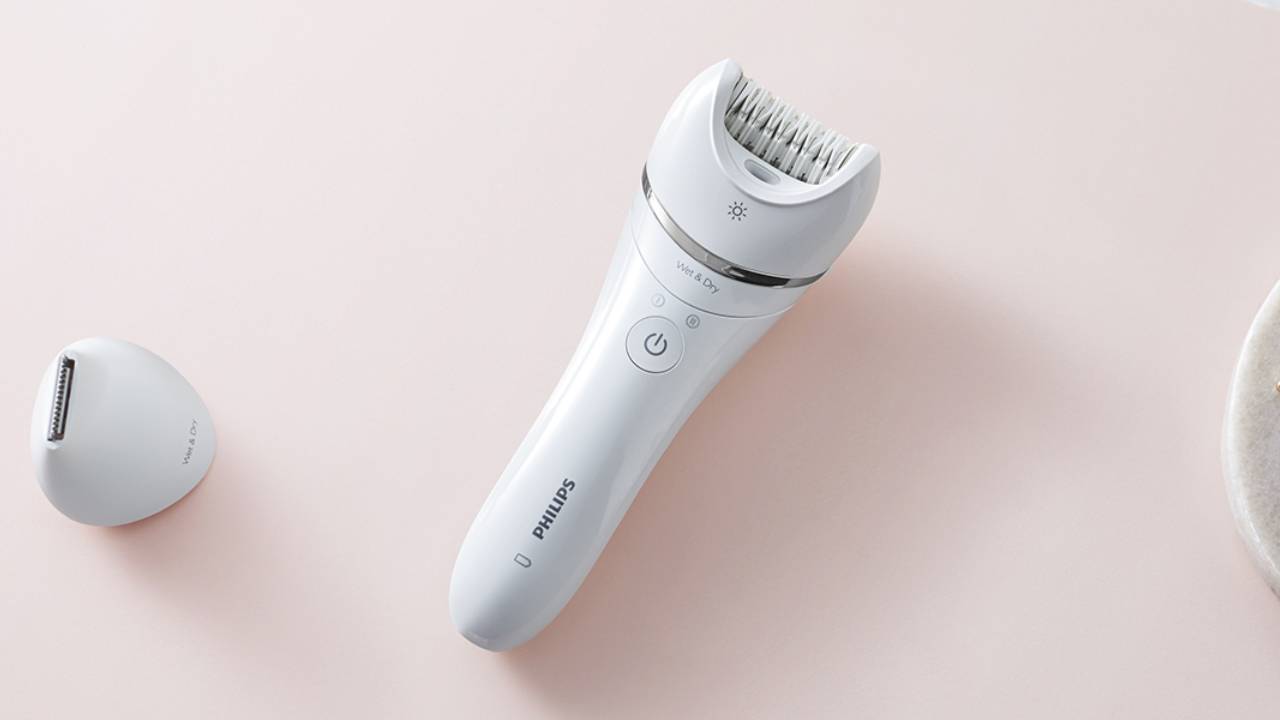
Everything you need to know about IPLs
WHAT IS IPL AND HOW DOES IT WORK?
IPL hair removal devices emit flashes of Intense Pulsed Light to target the pigment found in hair follicles. This light is absorbed into the melanin in the hair, where it is converted into heat, to damage the hair at the root and encourage it to go into a resting phase. Over time, continued IPL sessions will help to stunt the hair’s growth cycle, causing hairs to fall out and often stop growing back altogether, which makes IPL the most effective treatment around for anyone seeking permanent hair reduction results.
Unfortunately, the biggest downside to IPL is that is doesn’t work for everyone. That’s because IPL technology works best when there is a good contrast between the pigmentation in the hair and the skin. Therefore, it won’t work on lighter (white or red) body hair, because it doesn’t contain enough pigment.
On a more serious note, IPL is not recommended for use on darker skin tones because they contain a considerable amount of pigment and can absorb more light, which can potentially result in burns, hyperpigmentation, and scarring. Therefore, we recommend that you check your skin tone against the Fitzpatrick scale before investing in an IPL machine.
Does IPL hurt?
No, IPL doesn't hurt, although you might experience a slight ‘zapping’ sensation, a bit of heat, or a little tingling. The sensation can vary from person to person, depending on a few factors, including the coarseness of your hair, your skin tone and skin sensitivity, and the light intensity you select during treatment.
Sensitive skins might experience mild redness after treatment, but you can reduce this by applying a cooling gel or cream afterwards, or by investing in an IPL device with cooling abilities. Doing a quick patch test before every IPL session can also help to establish the correct intensity level for the body part you are treating to prevent any reaction.
One bonus of IPL is that painful ingrown hairs will become a thing of the past because it reduces hair growth at the root, although those with tattoos should avoid using an IPL device over their ink as it can burn and blister. You should also avoid sun exposure following treatment and wear an SPF at all times (for this reason, many prefer to carry out IPL during the winter months).
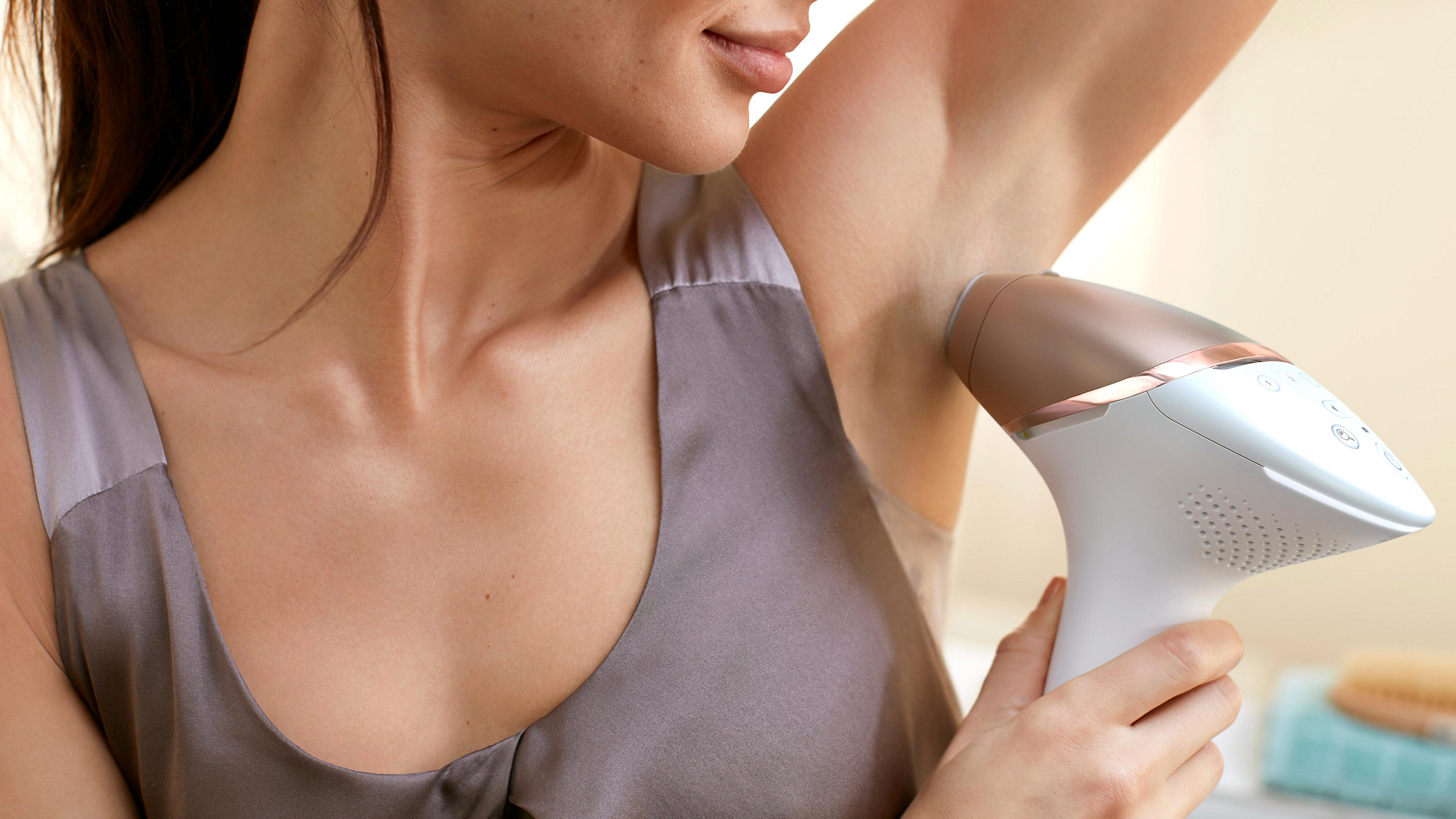
Where can I use an IPL device?
Another great thing about the latest IPL devices is that they are suitable for use on all areas of the body, including sensitive areas such as the bikini line, armpits, and the face, meaning that one device can deal with all your unwanted or excessive hair issues. This is made possible because IPL devices usually offer several levels of light intensity which you can adjust to suit different areas of the body.
If you choose your IPL machine wisely, you might get a choice of window attachments (where the IPL light is emitted from), allowing you to use a larger window when treating bigger areas like the legs, or a smaller window for more precise application across areas like the upper lip or chin.
Just remember that you will need to shave the areas you wish to treat several hours before using your device so that the IPL is focused into the hair root and not on the hair above the surface (for this reason, you shouldn’t wax or pluck hairs between treatments as the root needs to be present for it to work).
Does IPL provide permanent results?
No one hair removal method can guarantee 100% permanency, even if you get it done in a salon, but IPL does come pretty close by delivering a permanent reduction in hair growth.
Many IPL devices suggest you use them once a week or once a fortnight over a period of eight to twelve weeks to see significant hair reduction results, but many people can start to see a reduction in hair growth by their third or fourth session. And while many hairs won’t grow back at all, other remaining hairs will come back thinner, finer, and sparser.
Treating your body and facial hair with IPL requires patience, commitment, and an investment of your time as well as your money, but once you have completed your course of treatments, you should only need to treat your hairs once every one to three months (or as and when you need) to prevent hair growth starting up again.
What IPL device should I buy?
IPL machines are handheld devices that come in a range of styles, shapes, and sizes. Comfort and ease of use is key, so remember that bigger and heavier doesn’t always mean better, especially as treatment sessions can take a lot longer than regular shaving or waxing.
IPL devices can cost anywhere from £80 to £500, so they’re not an investment you should rush into without careful consideration of how and where you want to use it. Will a cordless model work better for you than a corded version? Does it have one treatment area or two, and does it offer a range of light intensities?
Finally, don’t forget to check out the life of the light bulb. Pricier models like the Philips Lumea Prestige or the Braun IPL Silk-Expert Pro 5 will offer hundreds of thousands or even unlimited light flashes so they should last you a lifetime, while cheaper, older devices will provide considerably less flashes, making your purchase redundant if your hair should grow back in the years to come.
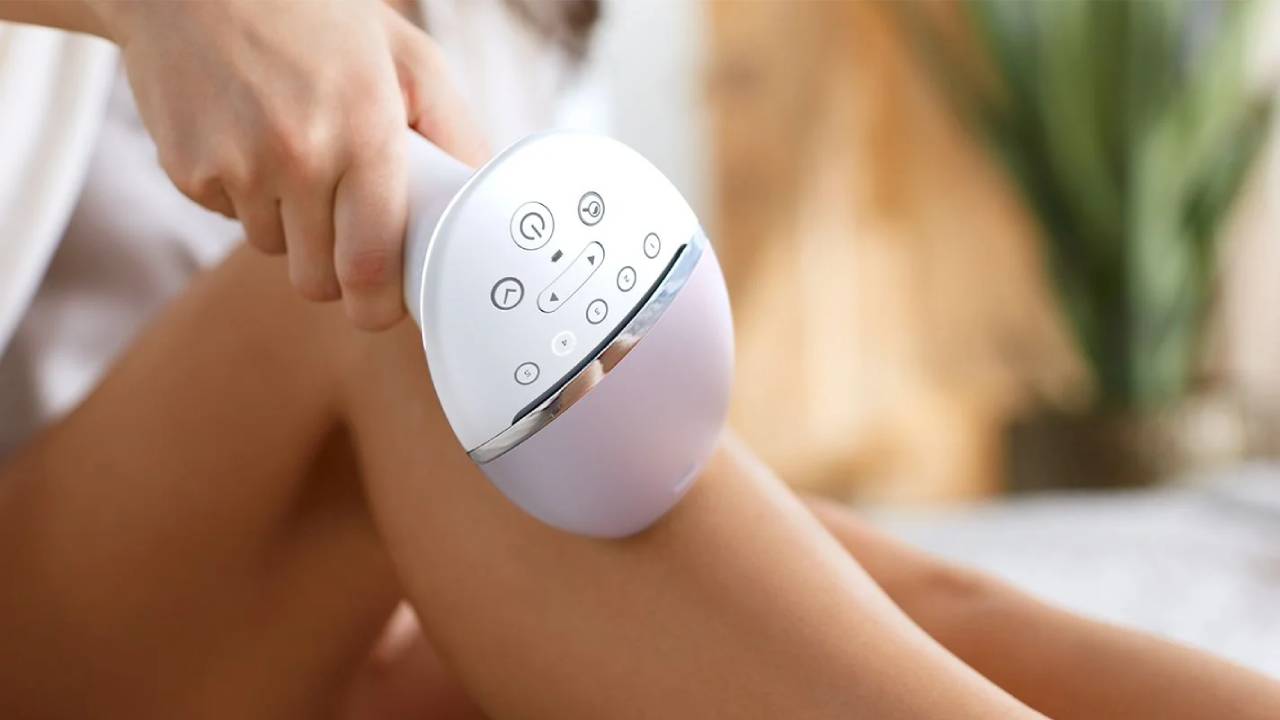
Epilators vs IPL
EPILATOR VS IPL: WHICH HAIR REMOVAL STYLE GIVES THE BEST RESULTS?
If you’re looking for practically painless permanent hair reduction results, IPL is the clear winner. Yes, IPL is expensive, and requires a lot of time and patience over the course of a several months, but the long-lasting, silky-smooth results – and lack of ingrown hairs – are absolutely worth the effort in the long run, making IPL a truly worthy investment if you want to ditch regular shaving and waxing for the rest of your life.
Of course, that’s not to say that the epilator doesn’t have its merits. If you have a decent pain threshold, and love the results of waxing but are fed up with expensive trips to the salon, using an epilator at home will provide you with two to four weeks of fuzz-free skin without the soreness that waxing can cause, while helping hair to become softer and thinner over time.







